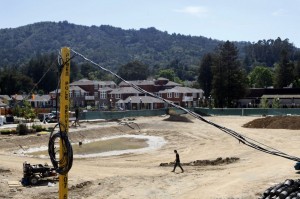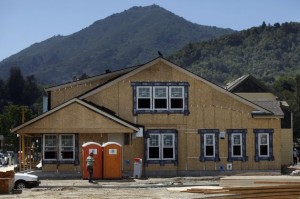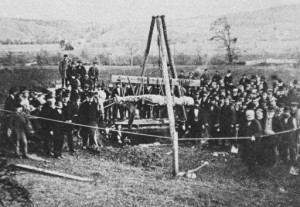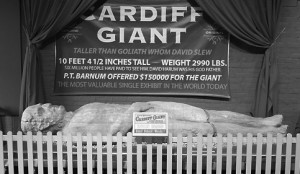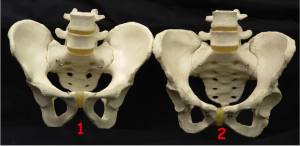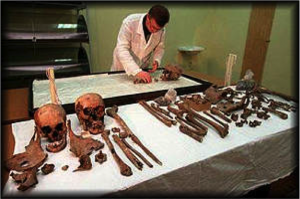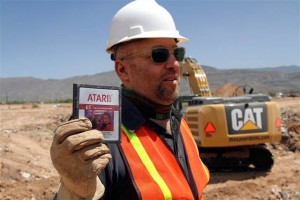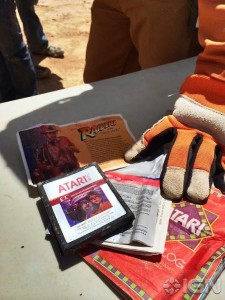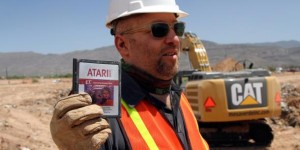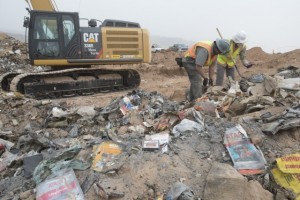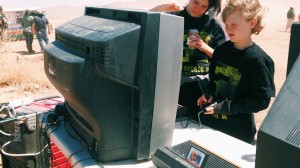In Larkspur, California a burial site over 4,500 years old containing 600 human bodies was annihilated for the construction of a housing complex. The mound was the Coast Miwok’s who were the inhabitants of Marin and southern Sonoma Counties. Archaeologists were able to record some of the findings from the mound but the things found are now unavailable for people who want to study them. All of the artifacts at the site were removed and reburied in an undisclosed location. The geological records of the artifacts were destroyed concluding the chances of further studying the original mound.
The archaeologists hired to excavate the mound were required to let the Federated Indians of Graton Rancheria manage the excavation due to the Environmental Quality Act. The Graton Rancheria gave the go ahead to rebury and relocate the mound. The archaeologists worked with the demands of the Native Americans in order to solve the problem. Unlike many of the problems between anthropologists and Natives, this encounter resulted in terms favorable to the Indians. But in the end, this decision left other archaeologists puzzled.
The chairman of the tribe, Greg Harris said, “The tribe traditionally reburies sacred objects because many of them are intended to stay with the person who died.” In other words, it’s in the best interest to rebury these artifacts and not examine them because they are supposed to remain in the ground forever (with the dead). Thus, the Natives don’t care that the items from the mound have archaeological value since they are only concerned with where they end up. Archaeologists, Jelmer Eerkens told the chronicle “ It [the mound] should have been protected.” Eerkens believes that the developers have the authority to build their own land, but they also have the responsibility to save samples from the building site and protect the archaeological information discovered. Archaeologists like Eerkens assert that a crucial chunk of Native American history had been lost. The excavation was first conducted under secrecy and wasn’t known by other archaeologists until March of 2014 when it was disclosed at the Society for California Archaeology symposium, already too late to preserve the ancient site.
Over the years, the preservation of Native cultural sites has been a controversial procedure in San Francisco, since Native American mounds are no longer abundant in the area. Many times there is tension present, sometimes resulting to courtroom battles between Native Americans, who usually want ancestral artifacts left alone, and archaeologists who want to gather and keep the ancient artifacts to better understand the history of their people. But the archaeologists don’t have the right to examine something that is not rightfully theirs (without permission). Even though we cannot ever examine these artifacts, I still believe that it was the right decision to listen to the Graton Rancheria because their cultural needs are more important.
References:
http://www.sfgate.com/bayarea/article/Indian-artifact-treasure-trove-paved-over-for-5422603.php
http://gizmodo.com/rare-indian-burial-ground-quietly-destroyed-for-million-1567902076
further reading:
http://www.nps.gov/pore/historyculture/people_coastmiwok.htm
Photo 1:
http://www.sfgate.com/bayarea/article/Indian-artifact-treasure-trove-paved-over-for-5422603.php

